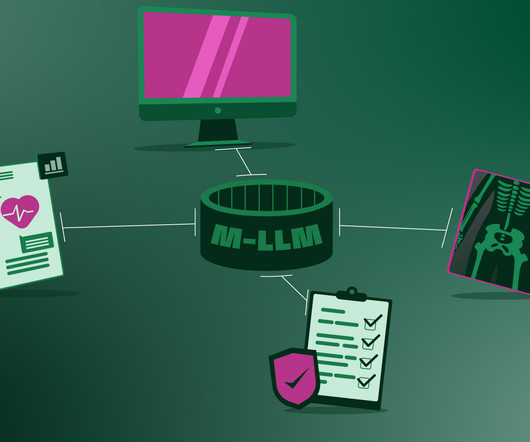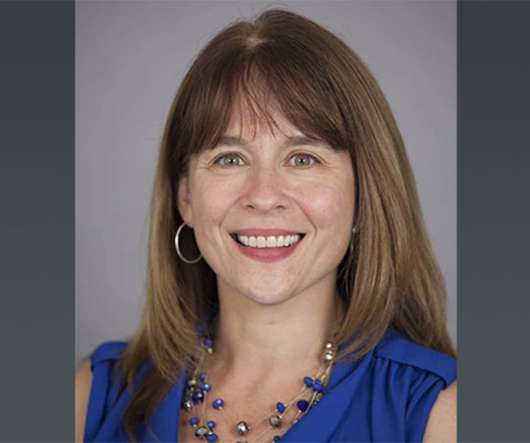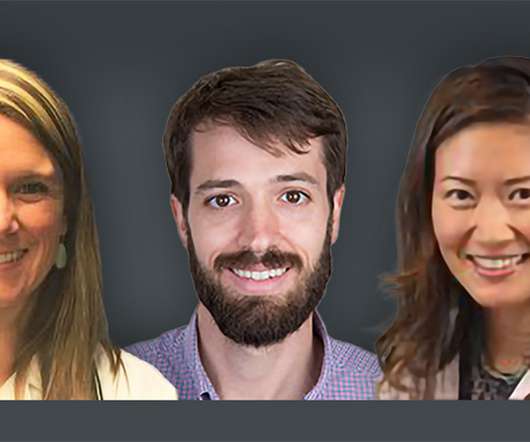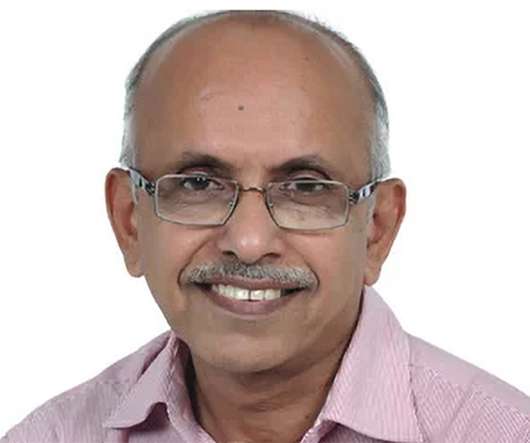The Healthcare Vision of ChatGPT-4o and Multimodal LLMs
The Medical Futurist
JUNE 21, 2025
If the cardiology department used an algorithm that analysed heart and lung signs, gastroenterologists or psychiatrists very likely wouldn’t have access to it – even though its findings may be useful for their diagnosis as well. This potential is very important because such a breakthrough won’t come about in any other way.













Let's personalize your content